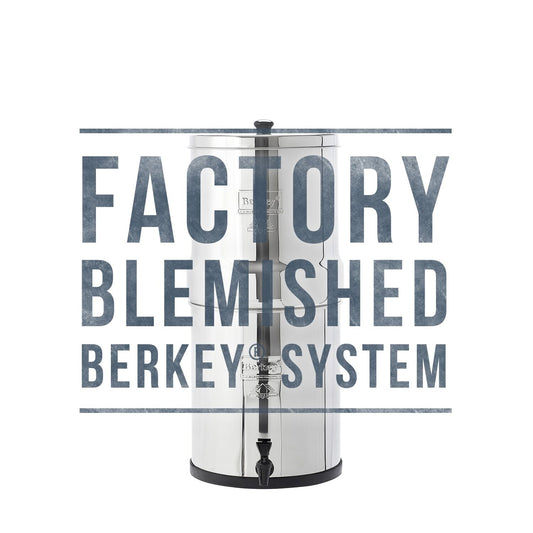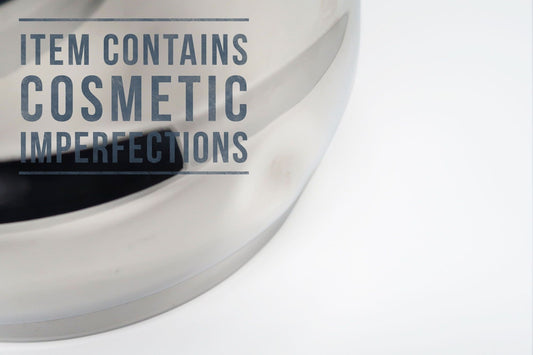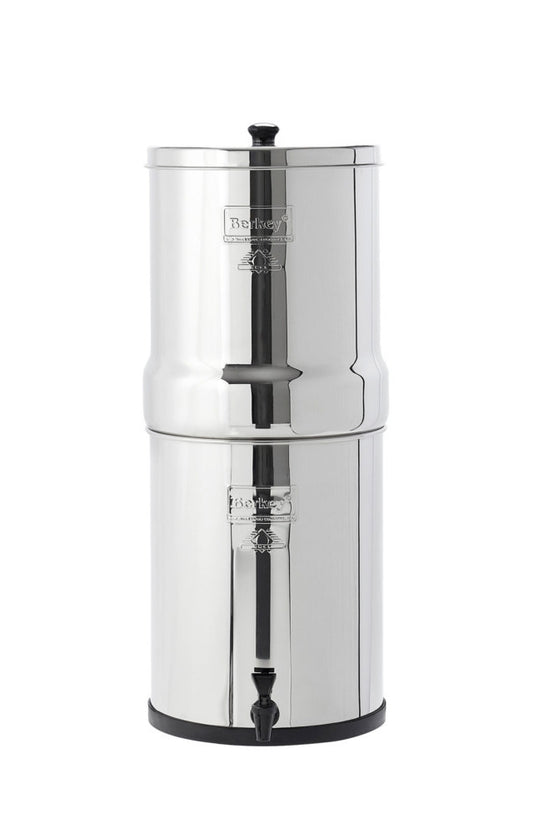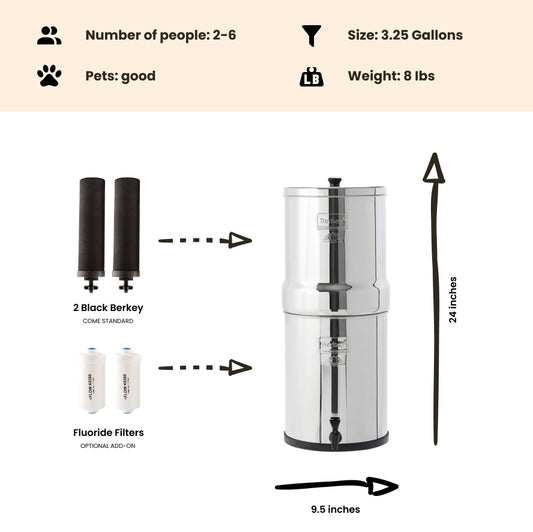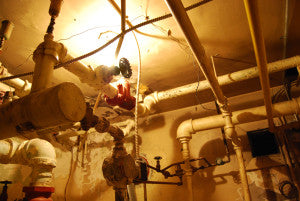
Water Quality in Buildings Shut Down Due to COVID-19 could be Compromised
By Dan DeBaunShare
The quality of water left standing in pipes of office buildings, schools, restaurants, gyms, and other businesses that have been closed due to the COVID-19 lockdown, could be impaired, scientists warn.
Stagnant water left standing in pipes for long periods may contain large amounts of harmful contaminants such as pathogens and heavy metals that are commonly found in water networks across the country, according to a team of researchers who are busy assessing the impact of COVID-19 lockdown on water quality in buildings.
The problem is not only limited to buildings that have been shut down during the lockdown. Water that has been standing in the pipes of unused hospital buildings that have since be reopened to accommodate the potential increase in COVID-19 patients, could have deteriorated significantly over several months or years, posing a potential health risk.
Buildings are not designed to be shut down for months on end, said Andrew Whelton, an associate professor of civil engineering and environmental and ecological engineering at Purdue University, and co-author of a new study assessing water quality in unused buildings.
"This study focuses on the consequences and could help building owners make sure that their buildings are safe and operational when occupants return," he said.
The study, which forms part of a broader national effort to advise water utilities, building owners and public health officials on safety protocols to follow when recommissioning buildings that have been left unoccupied during the pandemic, involves monitoring the quality of water samples taken from buildings that have been left vacant for an extended period and comparing the water quality with samples taken when the building becomes occupied once again.
Earlier studies Whelton and his team conducted on schools and office buildings shut down over the summer holidays show that water quality can change over time. Stagnation in water pipes is prevented by using water regularly, which draws in fresh water containing disinfectant. However, according to the researchers, when buildings are shutdown for an extended period, a different solution is required.
"With normal building use throughout a district, even small amounts of water use would help draw disinfectant residual into a building. In the COVID-19 era, many low-use buildings in one area could affect the disinfectant residual in the water mains," said Caitlin Proctor, a Lillian Gilbreth Postdoctoral Fellow at Purdue and lead author of the study. "As we come back to work after social distancing, even complete building flushing might not be successful in drawing in fresh water."
For the study, Whelton and his team are collecting water samples from water fountains and sink faucets in three buildings—monitoring parameters such as oxygen levels, water temperature, and levels of heavy metals such as copper and copper, as well as observations of any changes in microbial communities living within the water pipes over time.
"When you use water, you're bringing in chlorine, nitrogen, phosphorus and a small amount of carbon. Bacteria sitting on the walls of pipes store up those nutrients for later use. But with months-long stagnation, there isn't going to be any oxygen, new nitrogen or phosphorus," Proctor said. "So the bacteria that can compete under normal delivery of nutrients might not be able to compete anymore. For example, bacteria that do really well when there's no oxygen might out compete those that need oxygen."
The researchers are also monitoring the waterborne Legionella bacteria responsible for Legionnaires' disease, a type of pneumonia. Some hospitals have already established plans to flush out any stagnant water that could potentially harbor this pathogen, however further research on dealing with stagnant water could provide important information such as how often pipes should be flushed and for how long.
"It's also important to note that not all bacterial growth is pathogenic," Proctor points out. "That's why we're going to look at not only the numbers of bacteria, but also the types of bacteria that are showing up."
Besides monitoring the changes in water quality of water left standing in water pipes of unoccupied buildings, the researchers also plan to observe the impact that stagnant water has on devices such as water heaters and water softeners, as according to Whelton, there is currently little evidence on the effect of prolonged stagnation on these devices.
Once the studies findings are available, they will be shared with a network of plumbing experts, scientists and organizations, including the American Society of Plumbing Engineers and the International Association of Plumbing and Mechanical Officials, who are collaborating with Whelton and his team on this study.
In the meantime, it is advisable to take precautions when drinking water from faucets and water fountains in buildings that have been shut down for some time. Exposure to contaminants such as lead can have longterm health impacts, so to protect yourself and your children it would be wise to filter the water before drinking. Invest in a couple of portable water filter bottles, such as the Sport Berkey, that are able to remove harmful contaminants, including any heavy metals and pathogens that may be present. Give each member of your family one to take with them to work or school to ensure the water they drink is free from potentially harmful contaminants.
Journal Reference: Caitlin Proctor et al. Considerations for Large Building Water Quality after Extended Stagnation, OSFPreprints (2020). DOI: 10.31219/osf.io/qvj3b
-
Regular price From $302.00 USDRegular priceUnit price / per
-
Regular price $234.00 USDRegular priceUnit price / per
-
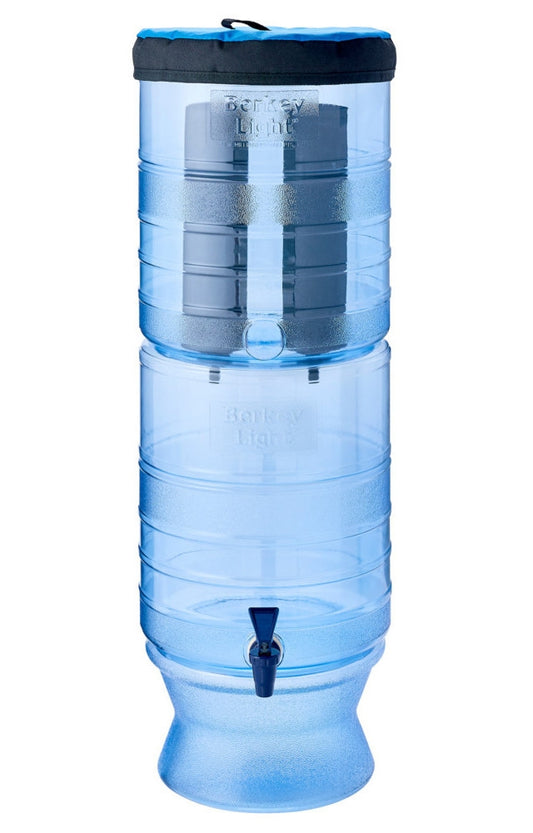
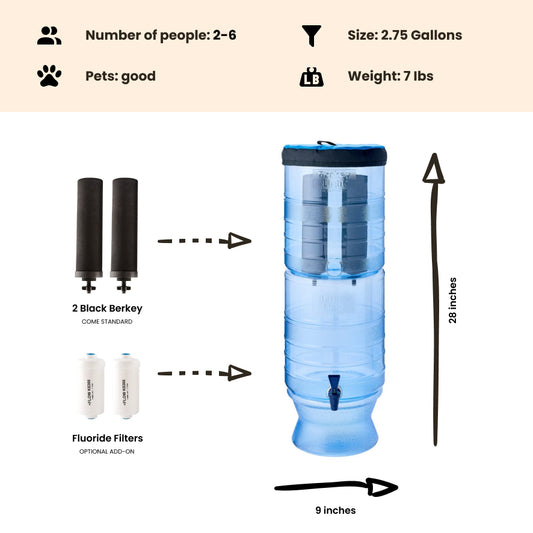 Sold outRegular price From $305.00 USDRegular priceUnit price / per
Sold outRegular price From $305.00 USDRegular priceUnit price / per -
Regular price $327.00 USDRegular priceUnit price / per
-

 Sold outRegular price From $367.00 USDRegular priceUnit price / per
Sold outRegular price From $367.00 USDRegular priceUnit price / per -
Regular price From $408.00 USDRegular priceUnit price / per
-
Regular price From $451.00 USDRegular priceUnit price / per

Dan DeBaun
Dan DeBaun is the owner and operator of Big Berkey Water Filters. Prior to Berkey, Dan was an asset manager for a major telecommunications company. He graduated from Rutgers with an undergraduate degree in industrial engineering, followed by an MBA in finance from Rutgers as well. Dan enjoys biohacking, exercising, meditation, beach life, and spending time with family and friends.
~ The Owner of Big Berkey Water Filters



